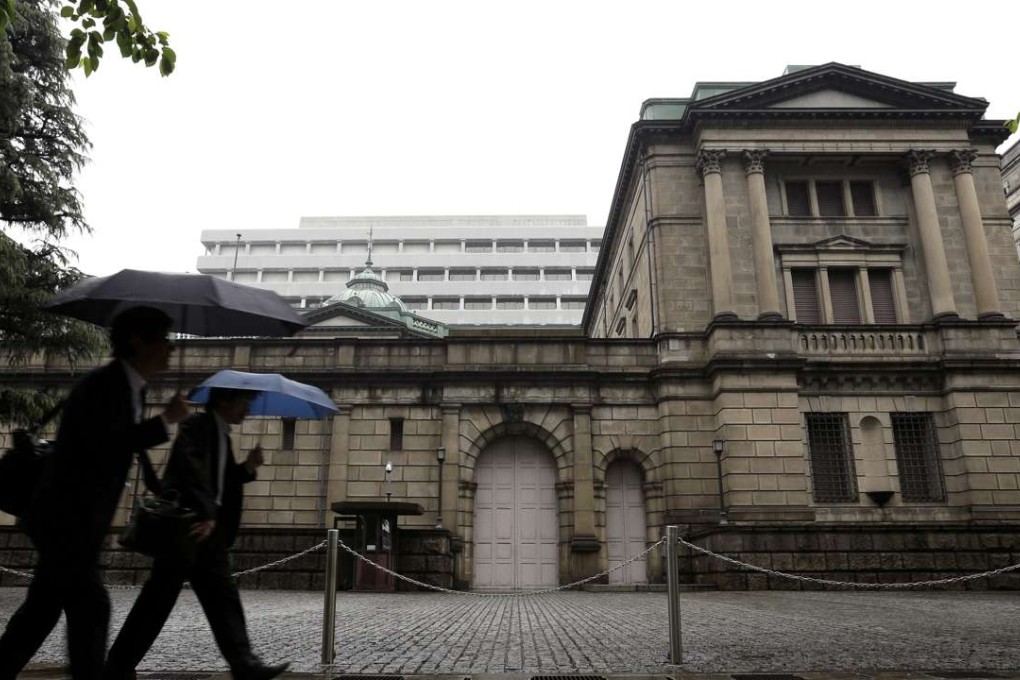Macroscope | Negative interest rates are causing a major problem in the global economy
The unintended consequences of sub-zero and ultra-low rates are eclipsing the supposed benefits

The perverse consequences of negative interest rates are becoming more apparent with each passing day.
Fitch Ratings, the credit rating agency, cautioned on May 4 that negative rates are constraining the ability of long-term institutional investors to generate returns. This followed a warning by the Bank for International Settlements (BIS), the central bankers’ bank, in early March that “there is great uncertainty about the behaviour of individuals and institutions if rates were to decline further into negative territory or remain negative for a prolonged period.
According to Fitch, there is now nearly US$10 trillion of negative yielding government debt, almost 70 per cent of which consists of longer-term bonds. Japan accounts for more than two-thirds of the total, underpinned by the decision by the Bank of Japan (BoJ) in late January to introduce negative rates as part of its three-pronged monetary easing programme. Europe accounts for the remainder of sub-zero yielding sovereign debt, with the central banks of the eurozone and several Scandinavian countries having cut rates deeper into negative territory.

While central banks imposed negative rates mainly with the aim of forcing banks to lend more plentifully and cheaply in order to boost growth, the unintended consequences of sub-zero and ultra-low rates are eclipsing the supposed benefits.
Fitch notes that long-term investors, such as pension funds and life insurers, are struggling to generate the returns needed to fund their huge liabilities.
